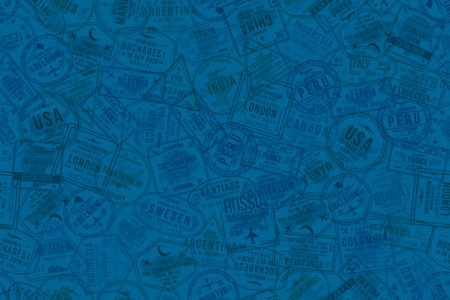
Check out our 2022-2023 student newspaper-The Mizzen 7th Edition The Mizzen’s Paradigm: consent, diversity, accuracy, quality, student perspective, representing ourselves, our peers, and the people and places we visit with respect.

Check out our 2022-2023 student newspaper-The Mizzen 6th Edition The Mizzen’s Paradigm: consent, diversity, accuracy, quality, student perspective, representing ourselves, our peers, and the people and places we visit with respect.

Check out our 2022-2023 student newspaper-The Mizzen 5th Edition The Mizzen’s Paradigm: consent, diversity, accuracy, quality, student perspective, representing ourselves, our peers, and the people and places we visit with respect.
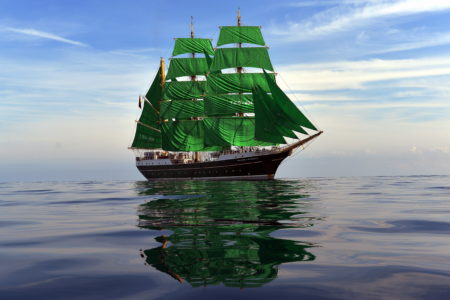
A captivating blog post from 2021-2022 student-Connor Teskey A sailor lives an extraordinary life, flirting with danger, utilizing it to their advantage to travel to their desired location. A sailor chooses a home isolated from the rest of the world,…Read More

“David_is_sailing” For those adventurers who have a love of photography, Class Afloat is such an incredible opportunity to capture the world through their lens. Each and every floatie (aka student) has a different perspective and many have shared their journeys…Read More
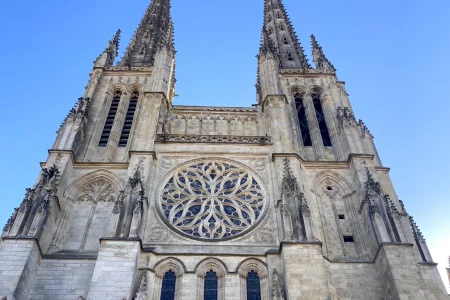
Written November 5, 2021 I am aboard a tall ship at last! I should start where I left off, however, in Spain. Since leaving there our crew has visited four countries; France, (briefly) Belgium, Netherlands, and at last our ship’s…Read More
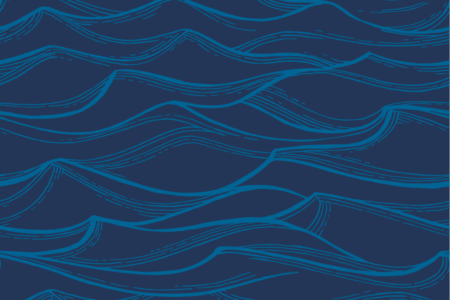
Written November 28, 2021 Adaptability is key when attempting to do anything on a ship, and sleeping is no exception. Berths aboard are about six feet long and not quite tall enough to sit up in. The first step, when…Read More
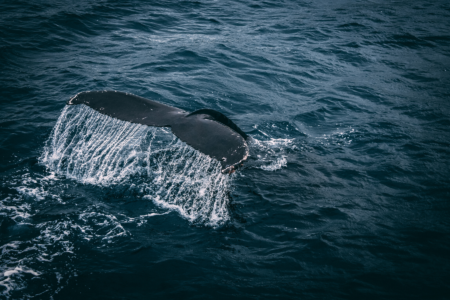
In this update from the ship, our Deckhand, Nicholas, shares a close encounter with a pod of dolphins, a handful of orca and a chase that had everyone on the edge of their seat.
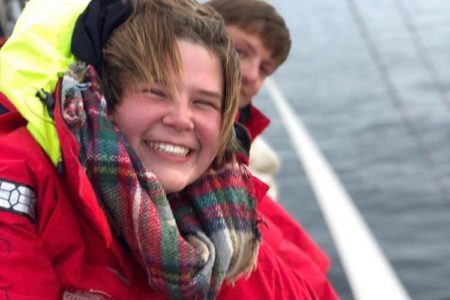
Who said that the last few days after final exams should be restful days where our only focus should be cleaning up and packing up? As we anchored off Scheveningen and prepared for our upcoming grand arrival and family reunions,…Read More
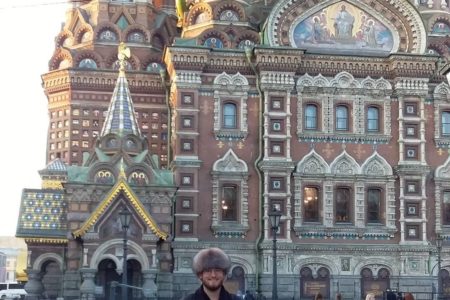
It’s actually incredible to think that Class Afloat was able to go to Russia. Many students were looking forward to that port. Let me explain to you how the customs in Russia were as they looked very Russian. You have…Read More
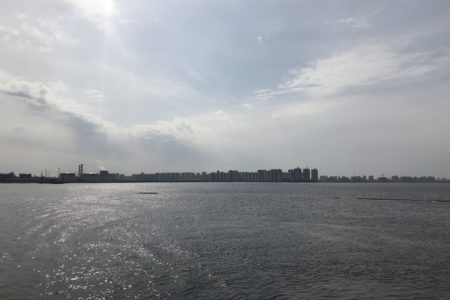
As we slowly motored out of the port of St. Petersburg, we passed by hundreds of huge housing blocks where hundred of thousands of people lived squished together. Block after block after block, every building looked the same; grey, ugly…Read More
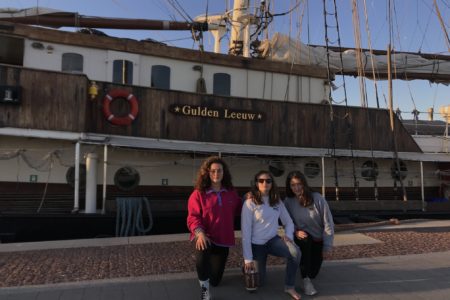
Something really cute happened whilst we were in Poland. I will always remember Easter in Poland. We had a ship wide easter egg hunt that morning. Lots of chocolates for everyone, thanks to Joe’s mother. It made us feel a…Read More
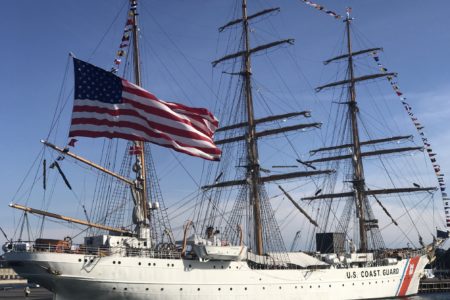
While motoring into the city of Copenhagen, we were greeted by one of the largest bridges in the world connecting Malmö, Sweden with Copenhagen, Denmark. It was a beautiful day, the sun was out, not a single cloud in the…Read More

Living on a tall ship while studying is something that many cannot imagine, let alone are able to share as their story for a year. This is something that I am immensely grateful for. I always enjoy port time: eating…Read More
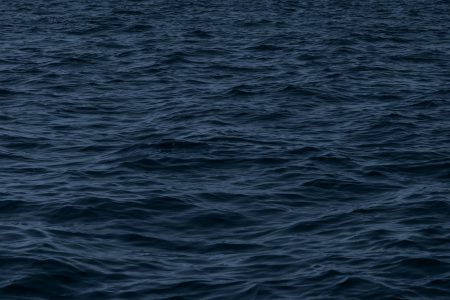
It was the most cinematic moment of my life.
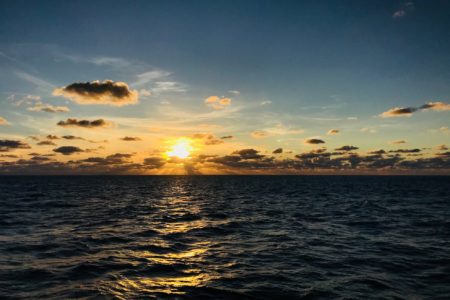
When you’ve been living on the ocean for a little while, you develop a deep connection, a unique bond with your surroundings that allows you to feel utterly connected with nature.
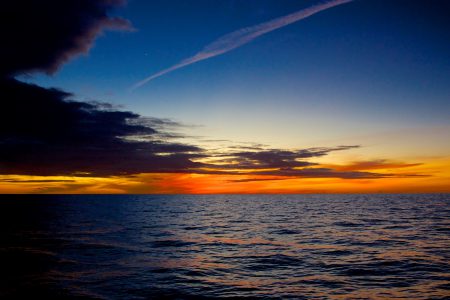
There are many factors that contribute to how a sail affects me emotionally, and physically.
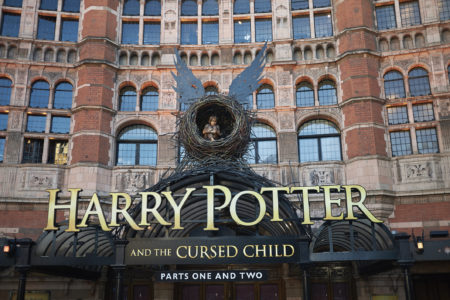
With our food stores diminished after 18 days at sea, we passed through the locks and under bridges into London where we left in the masses to explore.
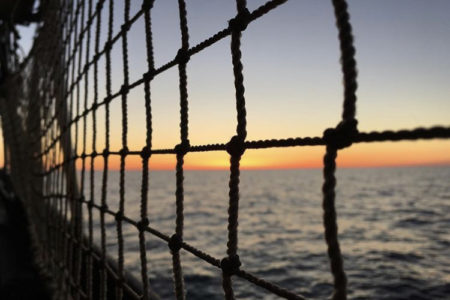
If you are like me, watching from the sidelines, not being a part of the action, is just something I don’t like.
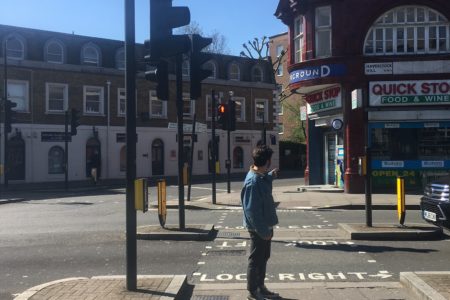
Having five days to visit a place filled with art, culture, history and good food by ourselves was making everybody incredibly happy.
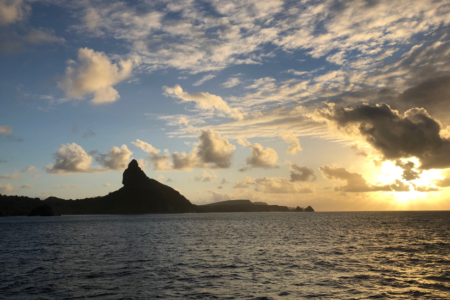
Reaching the summit is a special moment for anyone having the nerves to climb all the way up.
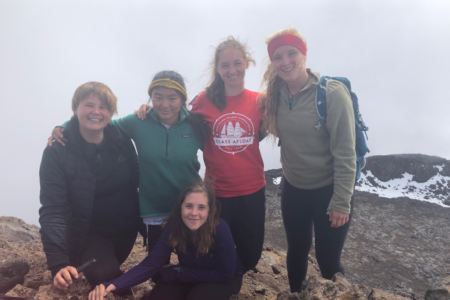
No one really thinks about the bond or community that the whole crew shares. Nobody would understand this except for the people who have been in the same situation.
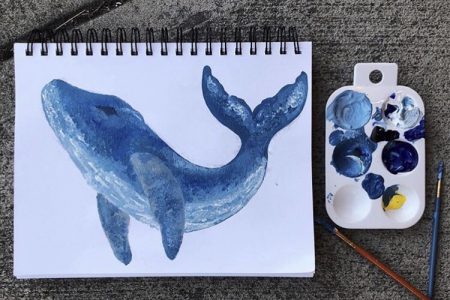
As we left the beautiful islands of the Azores, we entered our second and last long sail of the year. We left behind us a picturesque painted dock filled with traces of Class Afloat’s early years and ours. With the…Read More
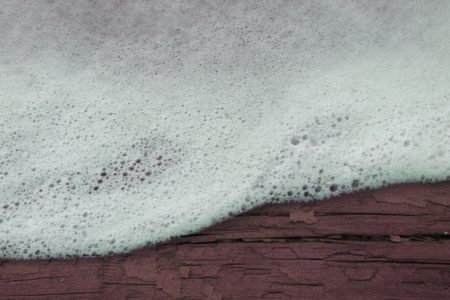
Just because there’s an endless supply of dirty undies and deck scrubbing doesn’t mean it can’t be fun.

We successfully crossed the Atlantic Ocean for the second time and arrived in London! We arrived two days early at Canary Wharf, so we had one school day with an evening of shore leave and a full day of shore…Read More
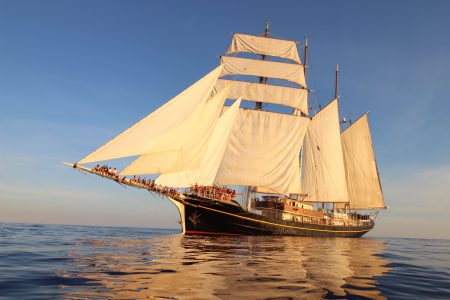
Hamilton, Bermuda was the port people were looking forward to most this second semester. Everyone was so excited to see his or her parents after sailing for one month. After ten days of sailing from Havana, we were finally entering…Read More
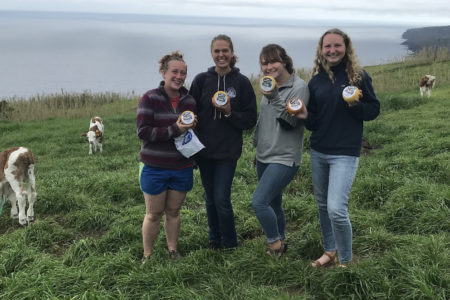
After a 14 day sail and 2 days of anchor, the small community of our magnificent vessel was impatient to discover the Azores. Many of the students went to the grocery store to replenish their empty snack bag. The nights…Read More
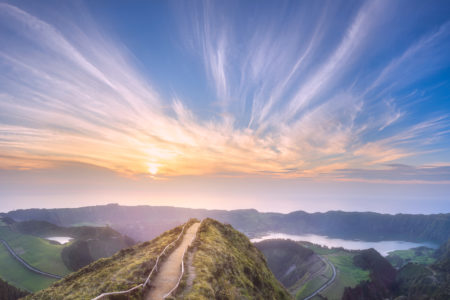
It all started in Bermuda, approximately 1700 nautical miles away from our destination: the Azores.
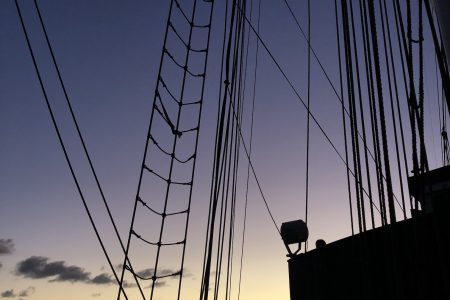
Excitement for Season 2 of Class Afloat was shown with cheek-to-cheek smiles and many hugs, as if it had been months since we had seen each other.
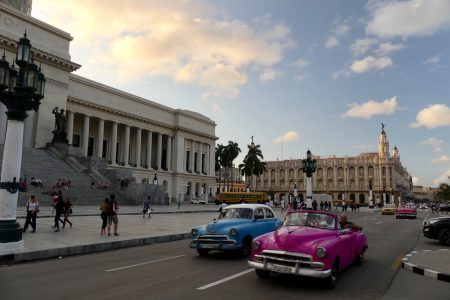
Havana seemed to celebrate our arrival by showing its best side with loud music, traditional dancing, a welcoming community, and a vibrant culture.
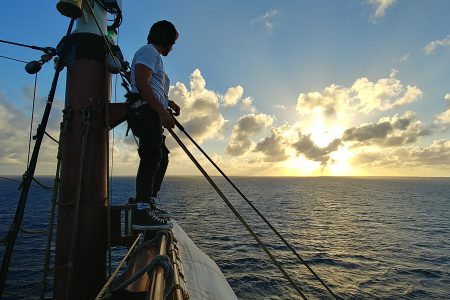
We spent at least an hour gazing at the whales, shouting excitedly whenever one surfaced.
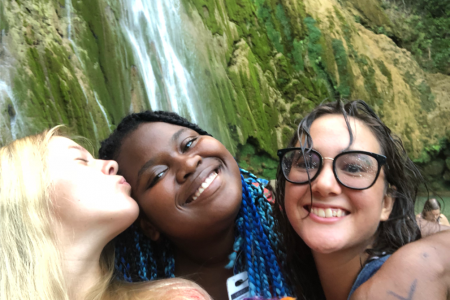
During our visit in the Dominican Republic we worked with the Foundation Mahatma Ghandi.
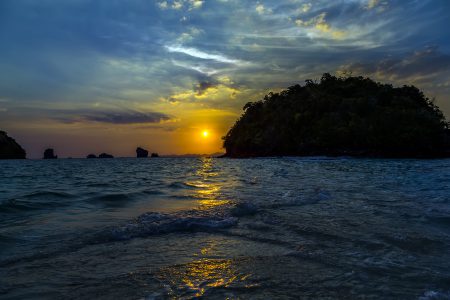
Cuba…what I saw here swept me off my feet.
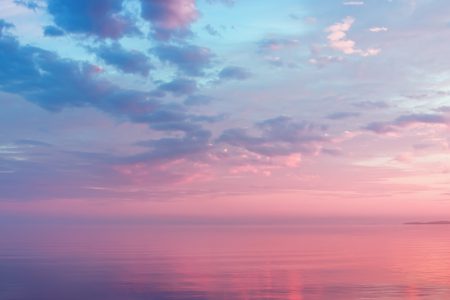
After the rough sail that we had from Cuba to Bermuda, I departed for the big journey (18 days of sailing until reaching the Azores) with a positive attitude.
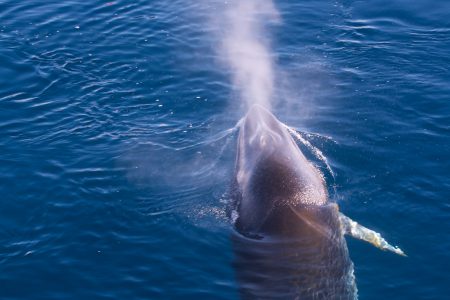
With “ouuuuu’s” and “ahhhh’s” from the crowd, two whales surfaced not even 20 feet from the ship!
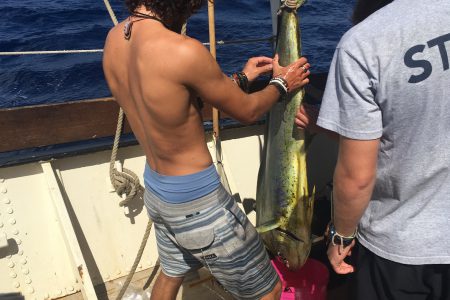
After a wonderful homestay in Dominican Republic, I had to come back to my good old ship, the Gulden Leeuw…

This is not a serious contest. This is a way of showcasing our students’ awesomeness.
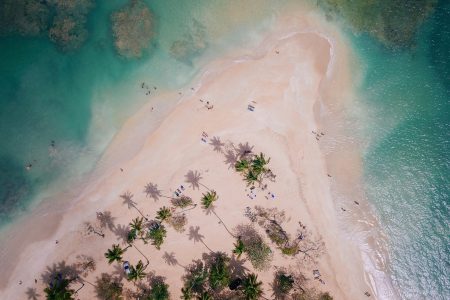
We sailed into the Dominican Republic on a beautiful calm morning and were welcomed by dozens of Humpback Whales!
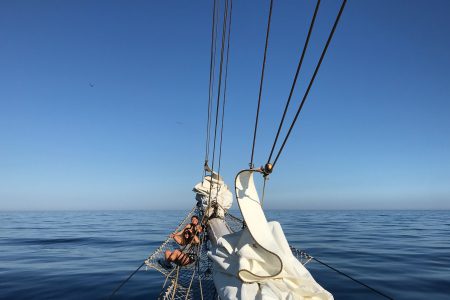
Class Afloat provides students with various opportunities and tools to experience the ocean first-hand and as up close and personal as possible.
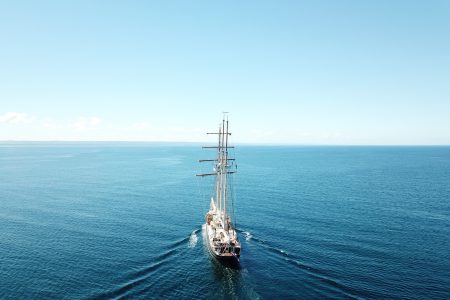
We departed from Cuba with a beautiful sunset of different tones of pink and yellow.
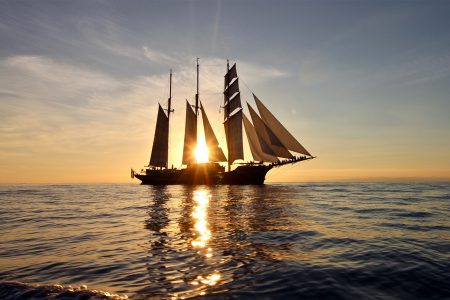
After spending a wonderful time in the Dominican Republic we set off on an eight-day sail towards Havana.